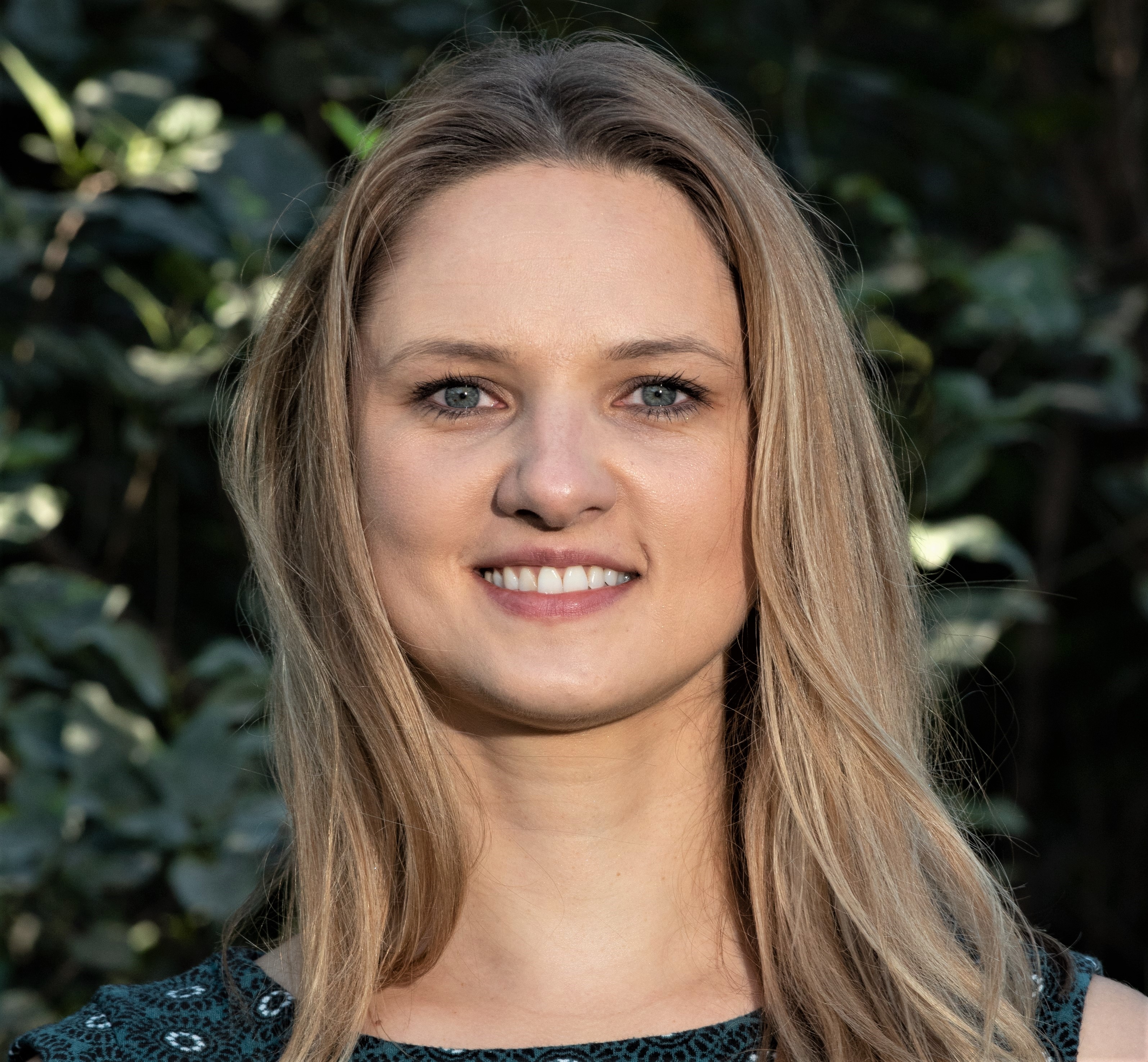
In 2012, in the midst of the worst U.S. drought this century, corn growers in Nebraska, Colorado and Kansas heavily irrigated their crops in an effort to compensate for sustained dryness and lack of rain. In the eastern portions of Nebraska and Kansas, where producers don’t rely heavily on irrigation, demand increased significantly, from about 4 to 8 acre-inches during an average year to 17 to 20 acre-inches. In Colorado and the arid, western portions of Nebraska and Kansas, where irrigation is a more prevalent method and water more scarce, irrigation demand skyrocketed, from 12 to 17 acre-inches during an average year to over 30 inches.
For someone with a background in economics like Renata Rimsaite, a water market analyst with the National Drought Mitigation Center at the University of Nebraska-Lincoln School of Natural Resources and Daugherty Water for Food Global Institute at the University of Nebraska, the region where water is scarcest over a period of drought is where it would seemingly hold its highest value. That did not turn out to be the case during the 2012 drought, according to an analysis by Rimsaite and a team of researchers that included Justin Gibson, Data Scientist at Corteva Agriscience and Nicholas Brozovic, Director of Policy at Daugherty Water for Food Global Institute.
The findings offered the kind of surprising results that led Rimsaite to study water markets for the NDMC and Water for Food well after being assigned to do so in pursuit of her PhD in agricultural and environmental economics at Penn State University. At the two Nebraska-based centers, Rimsaite is working to better understand how the U.S. Drought Monitor, water markets and incentive-based water management techniques can be used together to improve water scarcity management policies for farmers.
“When I saw the job description, I said, ‘That’s just for me,’” Rimsaite said. “My dissertation research focused on looking at water markets as a potential solution to water management issues, whether that could be an adaptation strategy to managing drought or adapting to a changing climate where we are expecting to see more frequent and more severe drought events. This ties everything together that I was working towards. I engage with policy researchers at the Water for Food Institute, and the background of the story is drought and the changing climate, and that's what I'm getting at the NDMC.”
As a water market analyst for the two centers, Rimsaite’s research often looks at how drought events affect the valuation of water across a variety of American markets where buyers and sellers trade water through sales and leases of their water rights. Water markets differ substantially from region to region. You have to piece together where certain rules apply, Rimsaite said, and the job can involve some detective work.
In some studies, Rimsaite and other researchers purchased water market data. But in this one, they estimated the value of water by using publicly available U.S. Department of Agriculture data on corn production in Nebraska, Kansas and Colorado. They started by looking at the difference in bushels-per-acre yield between irrigated and non-irrigated production in the same geographic location. That difference alone, she said, represents a value of water, showing how much more corn production benefited from irrigation. Then they multiplied that difference in yield by the dollars per bushel price of corn, which expressed the total water value in monetary terms. To get a water per unit average, they divided the results by the irrigation water requirement.
In July 2012, the contiguous U.S. experienced its second-hottest month on record, trailing only July 1936, and the 2012 drought persisted through the fall. The dependence on irrigation in Colorado and the western portions of Nebraska and Kansas was never greater during the 2010-2017 timeframe than it was in 2012. During a recent presentation of her research for the UNL SNR Summer Speaker Series, Rimsaite said that a chart showing the western dependence on irrigation in 2012 allowed her to speculate that the value of water should have been highest there during that time. But it wasn’t.
Instead, the highest average value of water that the research team calculated was found in eastern Nebraska and Kansas, where producers drew more heavily from groundwater sources in the region’s thin aquifers. Though corn growers there used less irrigated water in 2012 than their western counterparts, the predominantly rainfed eastern operations shifted gears more dramatically. While they didn’t utilize more irrigated water than the west, they did deviate from their standard practices more than western farmers did. And the value of water spiked.
Future climate predictions show shifts in weather patterns and conditions that could lead to more hydrological stress in rainfed production areas in Iowa and Illinois, for instance, Rimsaite said. If they need to start irrigating more, then more water sustainability issues will emerge not only for farmers but for the municipalities in those regions as well.
“(We need to) focus on rainfed crop areas, where stakes are high and water conflicts are more likely and there aren’t institutions in place to manage water scarcity,” Rimsaite said. “These stories are going to increase in areas where they are least expected. It’s time to start doing things now, because it's going to be cheaper to deal with it now than dealing with it during the crisis.”
-Cory Matteson, NDMC communications
More details at: http://drought.unl.edu